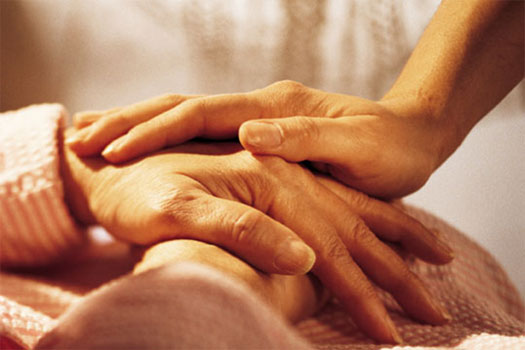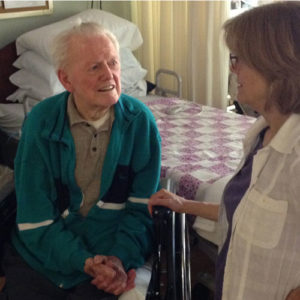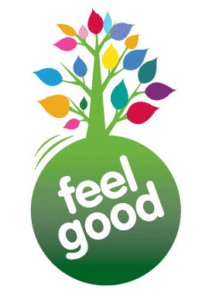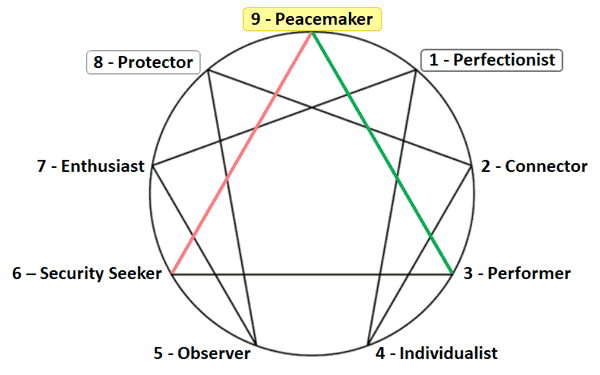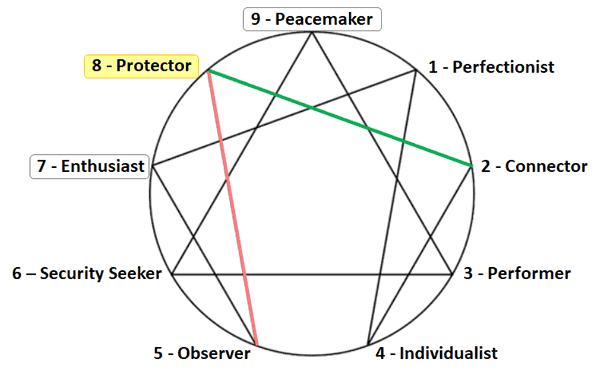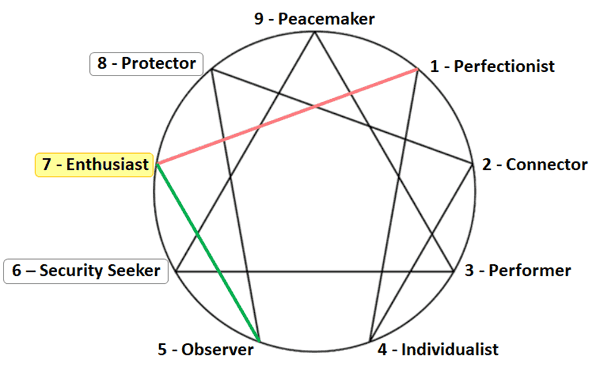I was diagnosed with mononucleosis as a kid. I don’t remember much about it other than a prolonged absence from school. I thought it was a one of those once-and-done childhood illnesses. I was wrong! Here’s what I’ve learned since…
 Epstein-Barr virus (EBV) causes mononucleosis. It targets lymphocytes and epithelial cells (i.e., those lining the mouth, tongue, and nose) and uses them as breeding grounds. Once infected, people may experience fatigue, fever, sore throat, swollen lymph nodes, enlarged spleen, rash, etc. Symptoms typically abate within 2-4 weeks, although some folks remain under the weather for weeks or even months.
Epstein-Barr virus (EBV) causes mononucleosis. It targets lymphocytes and epithelial cells (i.e., those lining the mouth, tongue, and nose) and uses them as breeding grounds. Once infected, people may experience fatigue, fever, sore throat, swollen lymph nodes, enlarged spleen, rash, etc. Symptoms typically abate within 2-4 weeks, although some folks remain under the weather for weeks or even months.
Transmission occurs via bodily fluids. Common forms of contact include kissing, sharing food and drinks, sharing cups and utensils, and having contact with toys that kids have drooled on. Most people get infected with EBV at some point in their lives. Once infected, the virus hangs around for life. Fortunately, a properly functioning immune system can keep it in check.
Because the symptoms are similar to a lot of other viral conditions, physicians test for EBV antibodies to make a positive diagnosis. According to the Center for Disease Control (CDC), these antibodies include:
- Viral capsid antigen (VCA)s: Anti-VCA IgM appears early in EBV infection and usually disappears within four to six weeks. Anti-VCA IgG peaks at two to four weeks after onset, declines slightly, then persists for the rest of a person’s life.
- Early antigen (EA): Anti-EA IgG appears in the acute phase of illness and generally falls to undetectable levels after three to six months. However, 20% of healthy people may have antibodies against EA for years.
- EBV nuclear antigen (EBNA): Antibody to EBNA slowly appears two to four months after onset of symptoms and persists for the rest of a person’s life.
I got interested in EBV when my doctor suggested that my hearty little EBV band had reasserted itself, thereby resulting in chronic fatigue. So, I did a little research to see if anyone is working on a cure. Apparently, there isn’t one. Some folks are working to develop a vaccine to prevent infection. Unfortunately, those efforts would not benefit those among us who have already been afflicted.
Recommended treatments for EBV focus on bolstering the immune system. Treatment plans typically consist of a multi-pronged approach:
- Drinking plenty of fluids, getting plenty of rest, minimizing life stressors, and logging 8-9 hours of high-quality sleep nightly
- Practicing deep relaxation techniques (e.g., meditation, yoga, deep breathing) to calm the body and mind
- Eating a healthy diet loaded with immune-boosting foods such as dark leafy greens, Vitamin A rich carrots and sweet potatoes, dark blue and black berries, nuts, seeds, and good quality protein
- Using immune supportive, antiviral, anti-inflammatory herbs and supplements that have proven effective at counteracting EBV, preferably under the supervision of a trained medical professional
An interesting article by Nina Mikirova and Ronald Hunninghake describes a positive effect of high dose Vitamin C on EBV infection. In part, this treatment rectifies a vitamin deficiency often noted in virally infected patients. Vitamin C also promotes detoxification to counteract oxidative stress caused by viruses. They also found a potential role for Vitamin D in reducing viral antibody levels.
Finally, I’ve been reading The Power of Now by Eckhart Tolle. He writes about a simple form of meditation that has been shown to boost immune function. While lying in a relaxed position on your back, focus on each body part successively for 15+ seconds, going from toe-to-head. Think about flooding each part with healing energy. After focusing intentionally on the parts, think about flowing waves of energy pulsing up and down the whole body. Do this practice first thing in the morning and right before nodding off to sleep at night.
While it’s disappointing that I can’t just “take a pill” and be done with it, I take heart in the things I can do to be kind to my body and help it heal. My treatment has already produced tangible results in my blood work, and I feel so much better. I’ll keep some form of it up permanently… just to make sure that pernicious little virus doesn’t wreak any more havoc!
